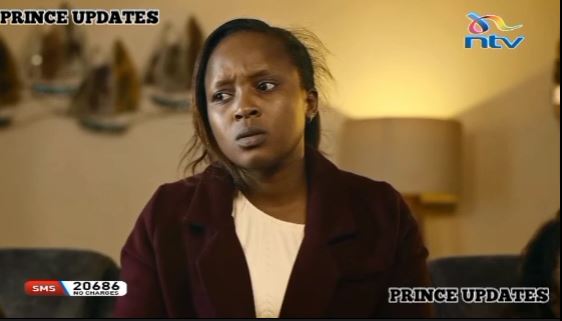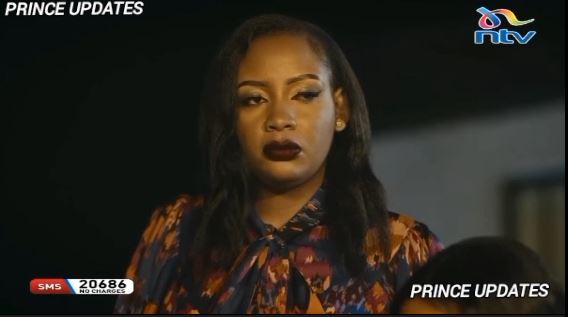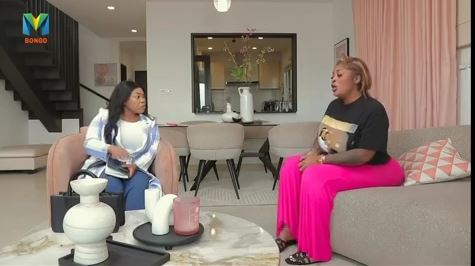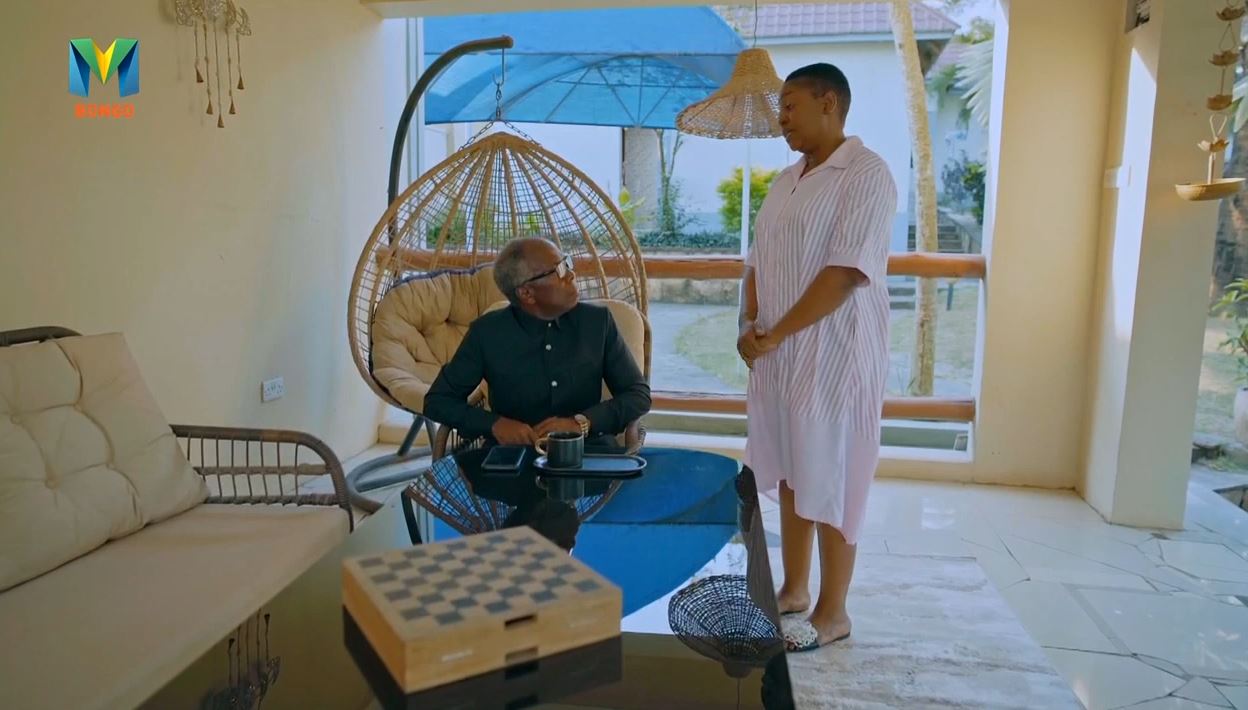Samsung QLED QN65C vs. Hisense U8K: A Comprehensive Comparison for the Kenyan Market
For Kenyan consumers seeking a premium television in 2025, the Samsung QLED QN65C (2023 model, e.g., QN65Q60CAFXZA, assuming QN65C refers to the Q60C series) and Hisense U8K (2023 model, e.g., 65U8K), both available in secondary or refurbished markets, offer compelling options in the mid-range and high-end QLED segments. The Samsung QN65C provides reliable performance for casual viewing, while the Hisense U8K delivers superior brightness and contrast for a more immersive experience. This article compares their quality, costs, and target audience, with prices in Kenyan Shillings (KSh) tailored for the Kenyan market, using data from RTINGS.com, Tom’s Guide, and PerfectRec.com.
Overview of the TVs
Samsung QLED QN65C
The Samsung QN65C (2023, assumed Q60C-based) is a 4K QLED TV with a VA panel, edge-lit backlighting, and no local dimming. Powered by the Quantum Processor Lite 4K and Tizen OS, it’s designed for streaming and casual use in moderate lighting, available in 32-, 43-, 50-, 55-, 65-, 75-, and 85-inch sizes.
Hisense U8K
The Hisense U8K (2023) is a 4K QLED TV with a VA panel, Mini-LED backlighting, and full-array local dimming (~384 zones for 65-inch). Equipped with the Hi-View Engine and Google TV, it’s optimized for HDR content and gaming, available in 55-, 65-, 75-, 85-, and 100-inch sizes.
Quality Comparison
1. Picture Quality
- Samsung QLED QN65C (based on Q60C data from RTINGS.com, Tom’s Guide):
- Panel Type: VA LCD, QLED, edge-lit, no local dimming.
- Brightness: ~450 cd/m² (HDR 10% window), ~400 cd/m² (SDR), suitable for moderate lighting.
- Contrast: ~7,000:1 native, decent blacks but prone to backlight bleed.
- Color Performance: ~87% DCI-P3, vibrant colors with quantum dots.
- Viewing Angles: Narrow (~24°), suited for direct viewing.
- HDR Support: HDR10, HDR10+, HLG (no Dolby Vision).
- Upscaling: Quantum Processor Lite 4K, decent (~6.7/10), adequate for low-quality Kenyan broadcasts.
- Reflections: Good handling (~5.0% total reflections), semi-glossy finish.
- Hisense U8K (based on RTINGS.com, PerfectRec.com):
- Panel Type: VA LCD, QLED, Mini-LED, full-array local dimming (~384 zones).
- Brightness: ~1,800 cd/m² (HDR 10% window), ~600 cd/m² (SDR), excellent for bright rooms.
- Contrast: ~10,000:1 with dimming, deep blacks with minimal blooming.
- Color Performance: ~97% DCI-P3, ~70% Rec.2020, highly vibrant colors.
- Viewing Angles: Narrow (~25°), suited for direct viewing.
- HDR Support: HDR10, HDR10+, Dolby Vision, HLG.
- Upscaling: Hi-View Engine, fair (~4.8/10), struggles with low-quality content.
- Reflections: Excellent handling (~2.0% total reflections), anti-reflective coating.
Verdict on Picture Quality: The Hisense U8K outperforms with significantly higher brightness (~1,800 cd/m² vs. ~450 cd/m²), better contrast (~10,000:1 vs. ~7,000:1), and a wider color gamut (~97% vs. ~87% DCI-P3), making it ideal for HDR content in bright Kenyan living rooms. Its ~384 dimming zones minimize blooming, enhancing dark-room performance. The Samsung QN65C offers decent colors and better upscaling (~6.7/10 vs. ~4.8/10) for low-quality local broadcasts, but its edge-lit panel and lack of Dolby Vision limit HDR impact. Both have narrow viewing angles, favoring direct viewing setups. The Hisense’s Mini-LED technology delivers superior visuals.
2. Gaming Performance
- Samsung QLED QN65C:
- Refresh Rate: 60Hz, no 4K/120Hz (HDMI 2.0).
- Input Lag: ~10.0ms (4K@60Hz), responsive for casual gaming.
- Features: ALLM, no VRR or FreeSync.
- Game Mode: Adequate response (~10.0ms 80% response time).
- Hisense U8K:
- Refresh Rate: 144Hz, 4K/120Hz via two HDMI 2.1 ports.
- Input Lag: ~15.0ms (4K@60Hz), ~8.0ms (4K@120Hz), less responsive.
- Features: VRR, ALLM, Game Bar.
- Game Mode: Fast response (~5.0ms 80% response time).
Verdict on Gaming: The Hisense U8K is better for gaming with a 144Hz refresh rate, two HDMI 2.1 ports, and VRR support, making it suitable for PS5/Xbox Series X and PC gaming. The Samsung QN65C’s lower input lag (~10.0ms vs. ~15.0ms) benefits casual gaming, but its 60Hz panel and lack of VRR limit its appeal for next-gen consoles.
3. Sound Quality
- Samsung QLED QN65C: 2.0-channel speakers, 20W output, Object Tracking Sound Lite, adequate (~6.5/10 score).
- Hisense U8K: 2.1-channel speakers, 40W output, Dolby Atmos, good (~7.0/10 score).
Verdict on Sound: The Hisense U8K’s 40W 2.1-channel system with Dolby Atmos delivers more immersive audio than the Samsung QN65C’s 20W setup. A soundbar is recommended for both to achieve cinematic audio in Kenyan homes.
4. Smart Features and Connectivity
- Samsung QLED QN65C: Tizen OS, Bixby/Alexa/Google Assistant, three HDMI 2.0, two USB, Bluetooth 5.2, Wi-Fi 5, AirPlay, SmartThings.
- Hisense U8K: Google TV, Google Assistant/Alexa, four HDMI (two 2.1), two USB, Bluetooth, Wi-Fi 6, Chromecast.
Verdict on Smart Features: The Hisense U8K’s Google TV offers broader app access (>5,000 apps), Wi-Fi 6, and two HDMI 2.1 ports, enhancing gaming and streaming. The Samsung QN65C’s Tizen OS is intuitive with AirPlay and SmartThings, but its HDMI 2.0 ports limit next-gen gaming connectivity. Both support voice assistants, but Hisense’s platform is more versatile.
5. Design and Build
- Samsung QLED QN65C: Slim (~1.0 inch, 65-inch), 0.4-inch bezels, VESA 400×300, ~20.9 kg, good reflections (~5.0%).
- Hisense U8K: Thicker (~2.9 inches, 65-inch), 0.3-inch bezels, VESA 400×300, ~24.9 kg, excellent reflections (~2.0%).
Verdict on Design: The Samsung QN65C’s AirSlim design is sleeker for wall-mounting in Kenyan homes, while the Hisense U8K’s superior reflection handling (~2.0%) and narrower bezels enhance its look in bright settings. The Hisense is slightly heavier and bulkier.
Cost Comparison (in Kenyan Shillings)
Prices are estimated based on 2023 pricing, adjusted for 2025 secondary/refurbished markets, using an exchange rate of 1 USD = 130 KSh (as of August 20, 2025, 6:40 PM EAT). Local pricing may vary due to import duties and availability. Check with retailers like Jumia, Kilimall, or authorized dealers.
Samsung QLED QN65C Prices (based on Q60C data, RTINGS.com)
- 55-inch: $550–$650 ≈ KSh 71,500–84,500
- 65-inch: $750–$850 ≈ KSh 97,500–110,500
- 75-inch: $900–$1,000 ≈ KSh 117,000–130,000
Hisense U8K Prices (based on RTINGS.com, PerfectRec.com)
- 55-inch: $600–$700 ≈ KSh 78,000–91,000
- 65-inch: $900–$1,000 ≈ KSh 117,000–130,000
- 75-inch: $1,100–$1,200 ≈ KSh 143,000–156,000
Verdict on Cost: The Samsung QN65C is slightly more affordable at smaller sizes (~KSh 71,500–130,000 vs. ~KSh 78,000–156,000), but the Hisense U8K offers better value for its superior features at comparable or lower prices for larger sizes.
Target Audience
- Samsung QLED QN65C:
- Ideal For: Budget-conscious families and casual viewers in moderate lighting. Its affordability and upscaling suit streaming and general use in Kenyan homes.
- Use Case: Best for streaming, casual gaming, and low-quality content viewing.
- Budget: KSh 71,500–130,000, for cost-sensitive buyers seeking reliability.
- Hisense U8K:
- Ideal For: Cinephiles and gamers in bright or dark rooms. Its brightness, contrast, and gaming features suit HDR movies and modern consoles.
- Use Case: Ideal for HDR content, gaming, and bright-room viewing.
- Budget: KSh 78,000–156,000, for value-driven buyers seeking performance.
Final Verdict
Winner: Hisense U8K
The Hisense U8K is the superior choice for its exceptional brightness (~1,800 cd/m² vs. ~450 cd/m²), higher contrast (~10,000:1 vs. ~7,000:1), and vibrant colors (~97% DCI-P3), delivering stunning HDR visuals ideal for bright or dark Kenyan living rooms. Its ~384 dimming zones, 144Hz refresh rate, and Dolby Vision support enhance HDR and gaming performance, offering excellent value (~KSh 78,000–156,000). Its weaker upscaling (~4.8/10) and narrow viewing angles (~25°) are minor drawbacks.
The Samsung QLED QN65C provides decent colors (~87% DCI-P3), better upscaling (~6.7/10), and lower input lag (~10.0ms), making it suitable for casual viewing and low-quality Kenyan broadcasts. However, its edge-lit panel, lack of Dolby Vision, and 60Hz refresh rate limit its HDR and gaming capabilities, and its pricing (~KSh 71,500–130,000) is less competitive for the performance offered.
Recommendation: Choose the Hisense U8K for vibrant HDR, gaming, and bright-room viewing, with a budget of KSh 78,000–156,000. Opt for the Samsung QLED QN65C for affordable streaming and casual viewing in moderate lighting, with a budget of KSh 71,500–130,000. Verify pricing through Kenyan retailers like Jumia, Kilimall, or authorized dealers as of August 20, 2025.
NOMA NTV THURSDAY 21ST JULY 2025 FULL EPISODE









You must be logged in to post a comment.